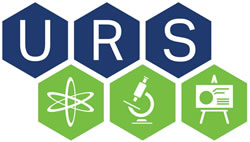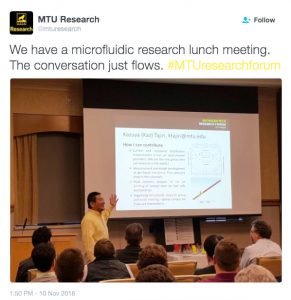First year engineering and computer science students attended a lecture on September 17, 2017, in the Rozsa Center for the Performing Arts. This year’s speaker was Libby Titus, Environmental Health and Safety Specialist at Novo Nordisk. She is a ’96 Michigan Tech alumna, with a BS in Environmental Engineering and BS in Scientific and Technical Communication.
Her talk was entitled Secrets of Talking (and Writing) Nerdy. The talk was introduced by Jon Sticklen, Chair, Engineering Fundamentals, and Wayne D. Pennington, Dean, College of Engineering. There was a reception after the lecture.
Elizabeth (Libby) Titus is a licensed professional engineer who assists companies with identifying, understanding, and adhering to the environmental, health, and safety rules that apply to their operations. With 20 years of substantive experience, Libby knows that the key to moving projects forward is often effective communication of technical knowledge across the primary stakeholders. Solid engineering designs and high intelligence are irrelevant without good communication skills.
Due to venue capacity, the event was open only to first year engineering and computer science majors.
Sponsored by Visiting Women and Minority Lecturer/Scholar Series (VWMLSS), Novo Nordisk, College of Engineering, Department of Engineering Fundamentals, Department of Geological and Mining Engineering and Sciences, and the Department of Computer Science.
Funded by a grant to the Office of Institutional Equity from the State of Michigan’s King-Chavez-Parks Initiative.
VIEW THE PHOTO GALLERY
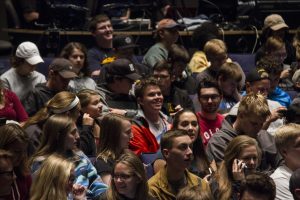
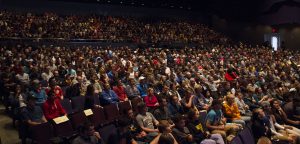
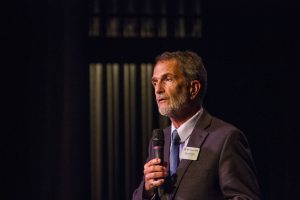
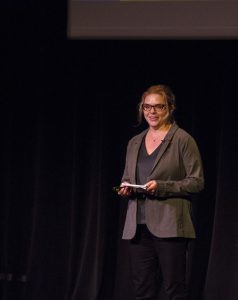
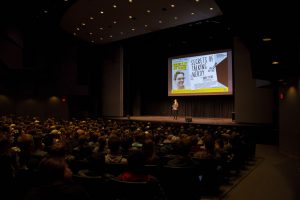
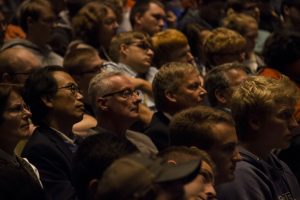

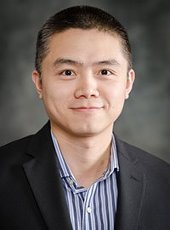
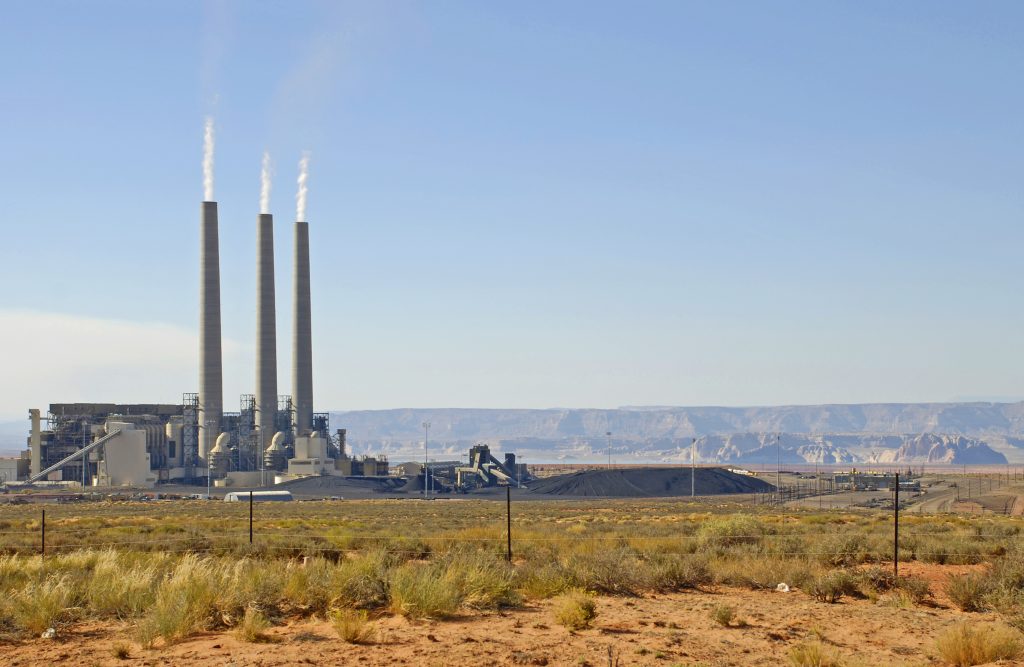
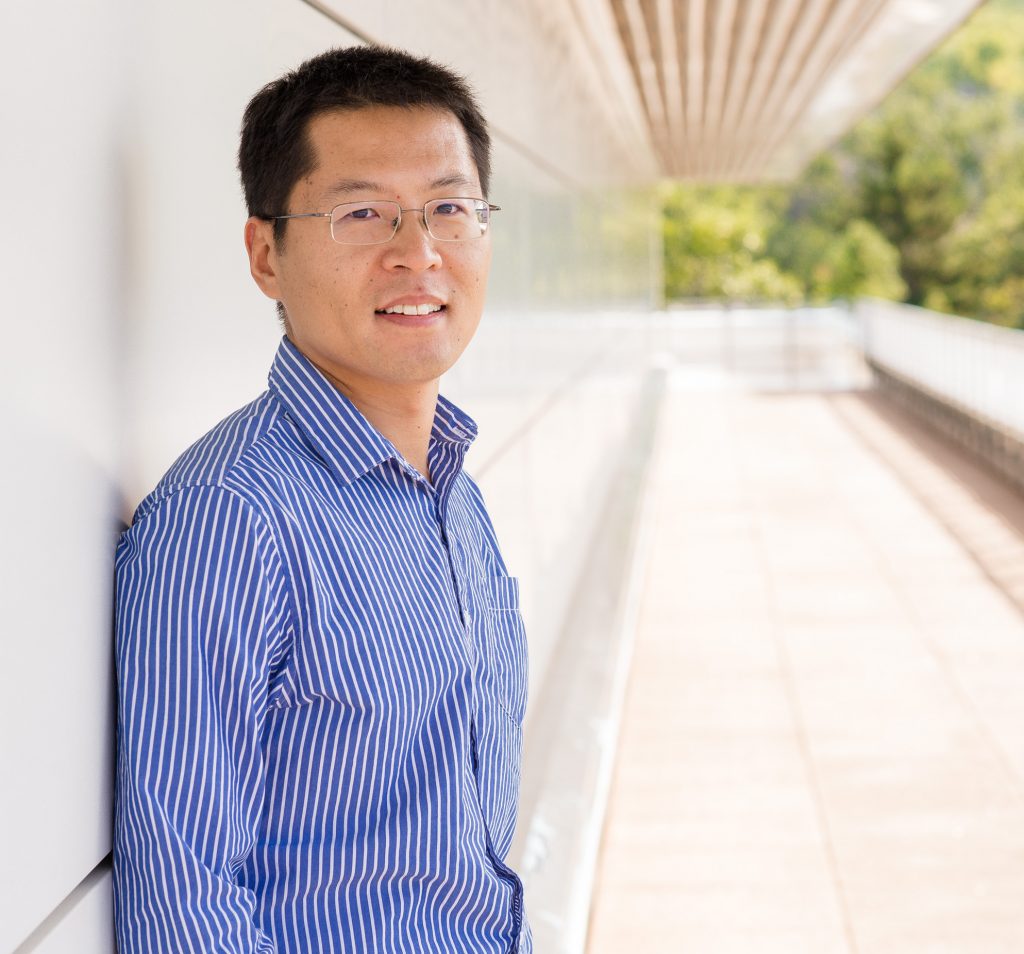
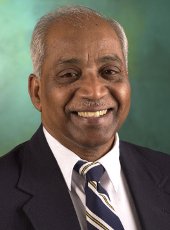
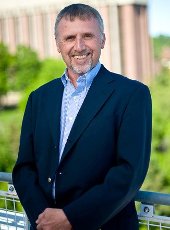
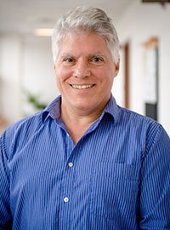
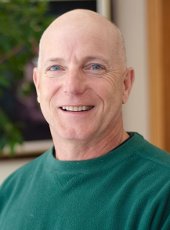
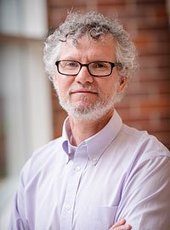
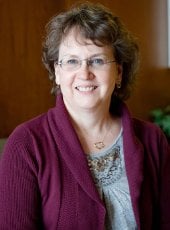
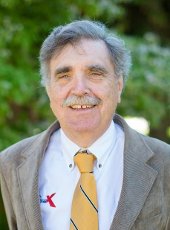
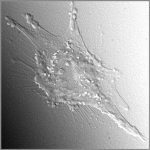 The Vice President for Research Office announced the 2017 REF awards and thanked the volunteer review committees, as well as the deans and department chairs, for their time spent on this important internal research award process.
The Vice President for Research Office announced the 2017 REF awards and thanked the volunteer review committees, as well as the deans and department chairs, for their time spent on this important internal research award process.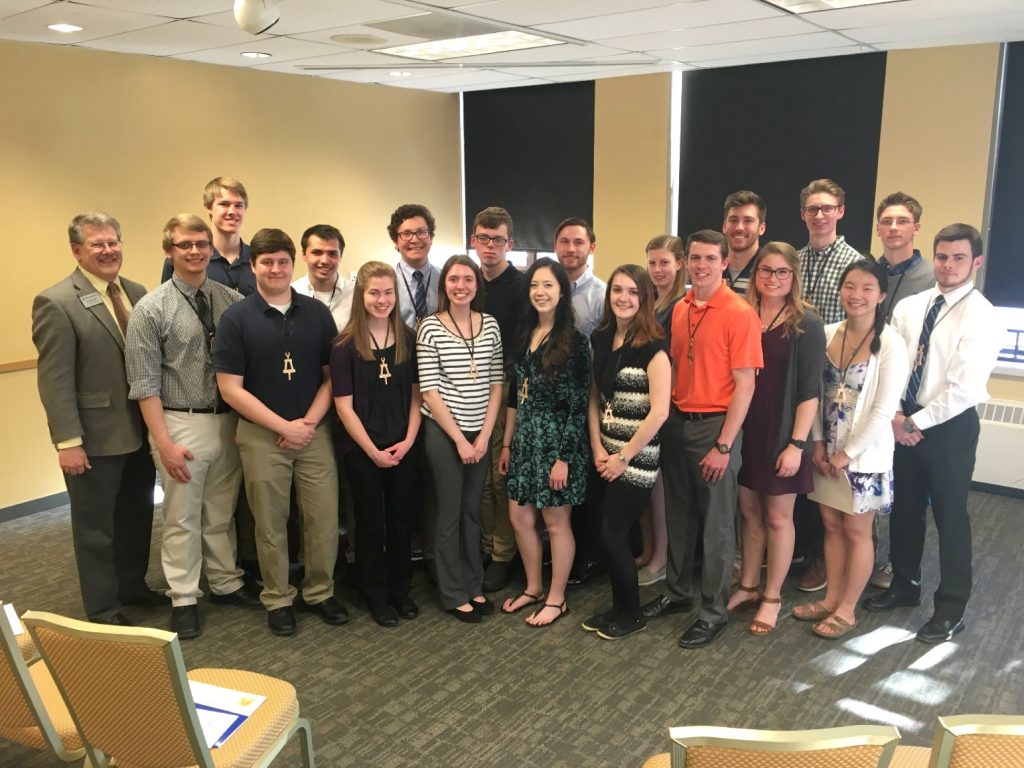
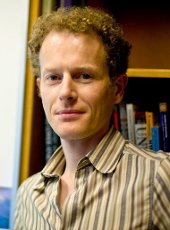
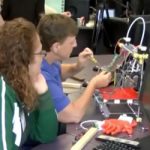 The Summer Undergraduate Research Fellowship (SURF) program will fund 20 students from across the University with funds from the office of the Vice President for Research. Previous SURF award recipients have included Goldwater Scholarship and NSF Graduate Research Fellowship recipients. Since 2002, SURF students have co-authored 71 peer-reviewed publications. This year’s recipients, project titles and advisors are listed on the SURF
The Summer Undergraduate Research Fellowship (SURF) program will fund 20 students from across the University with funds from the office of the Vice President for Research. Previous SURF award recipients have included Goldwater Scholarship and NSF Graduate Research Fellowship recipients. Since 2002, SURF students have co-authored 71 peer-reviewed publications. This year’s recipients, project titles and advisors are listed on the SURF 